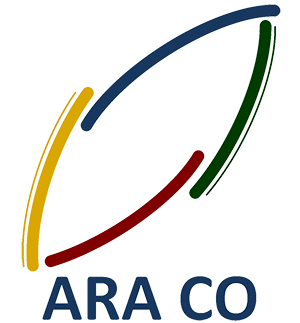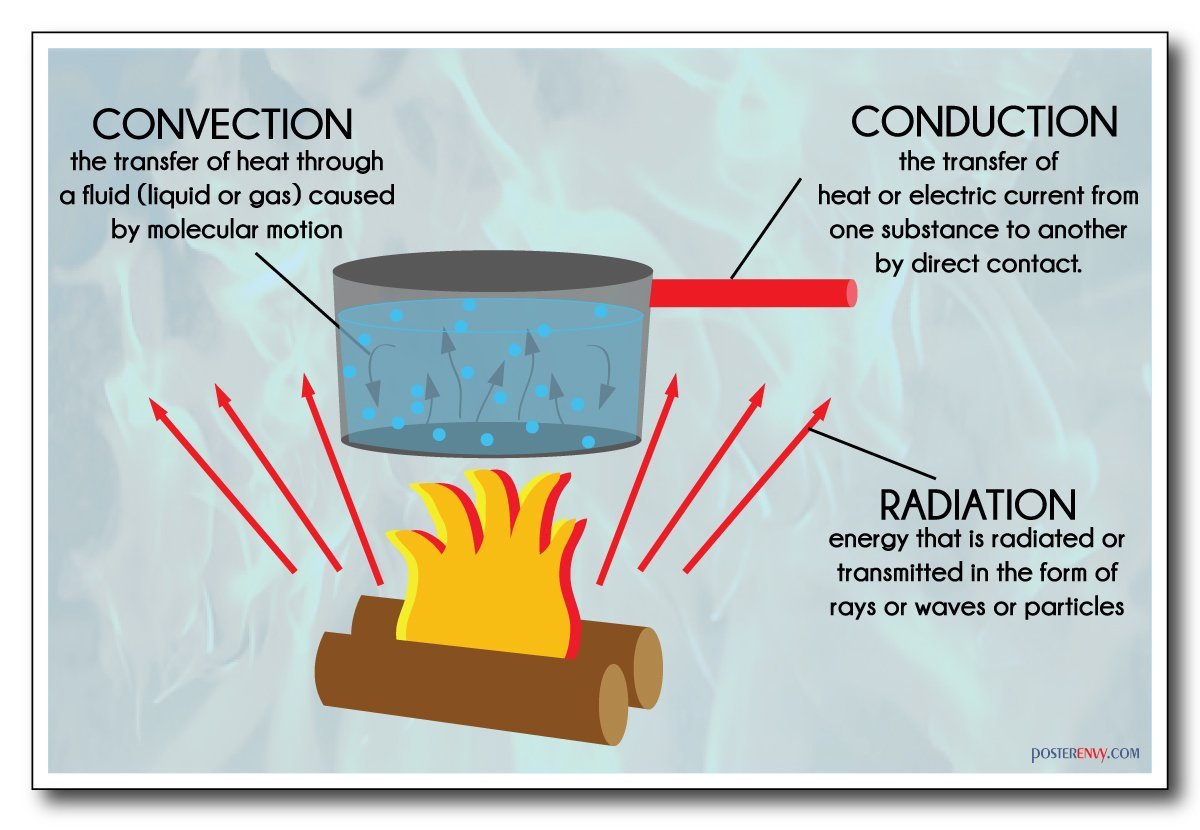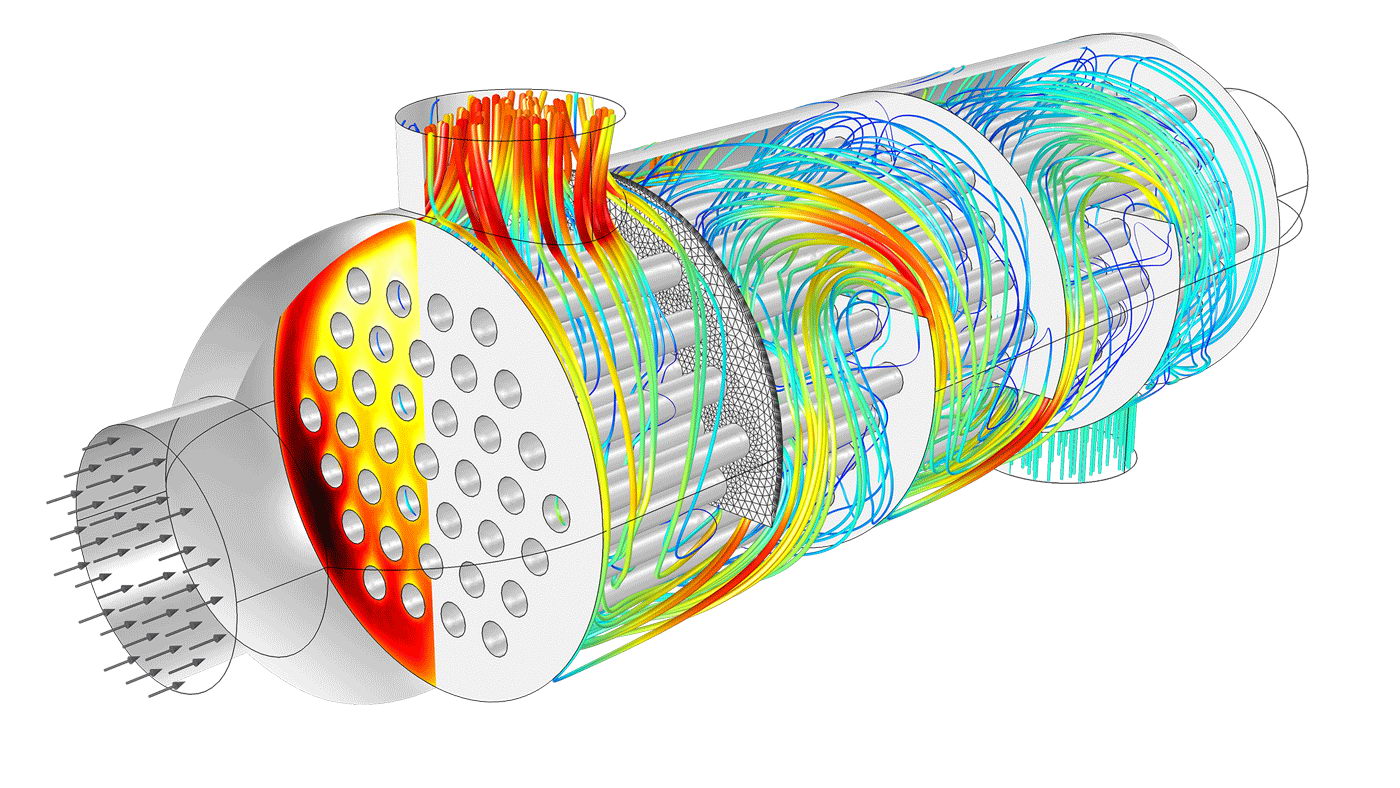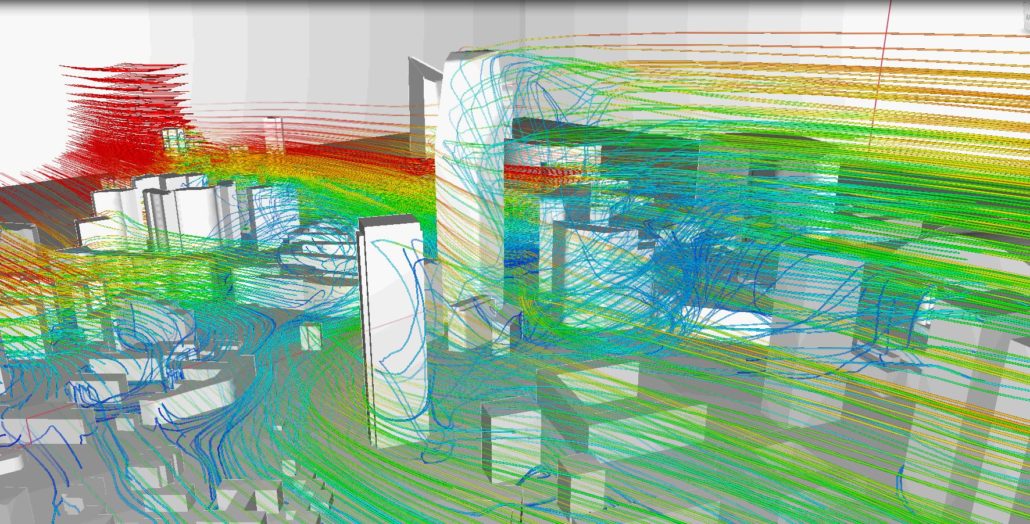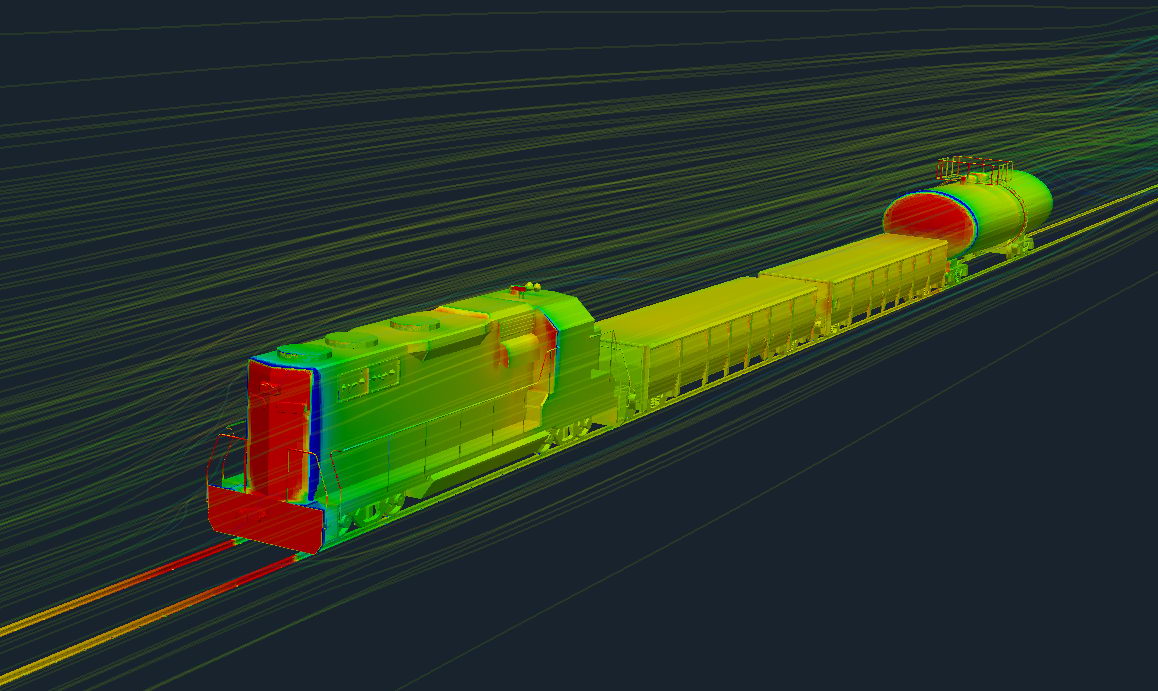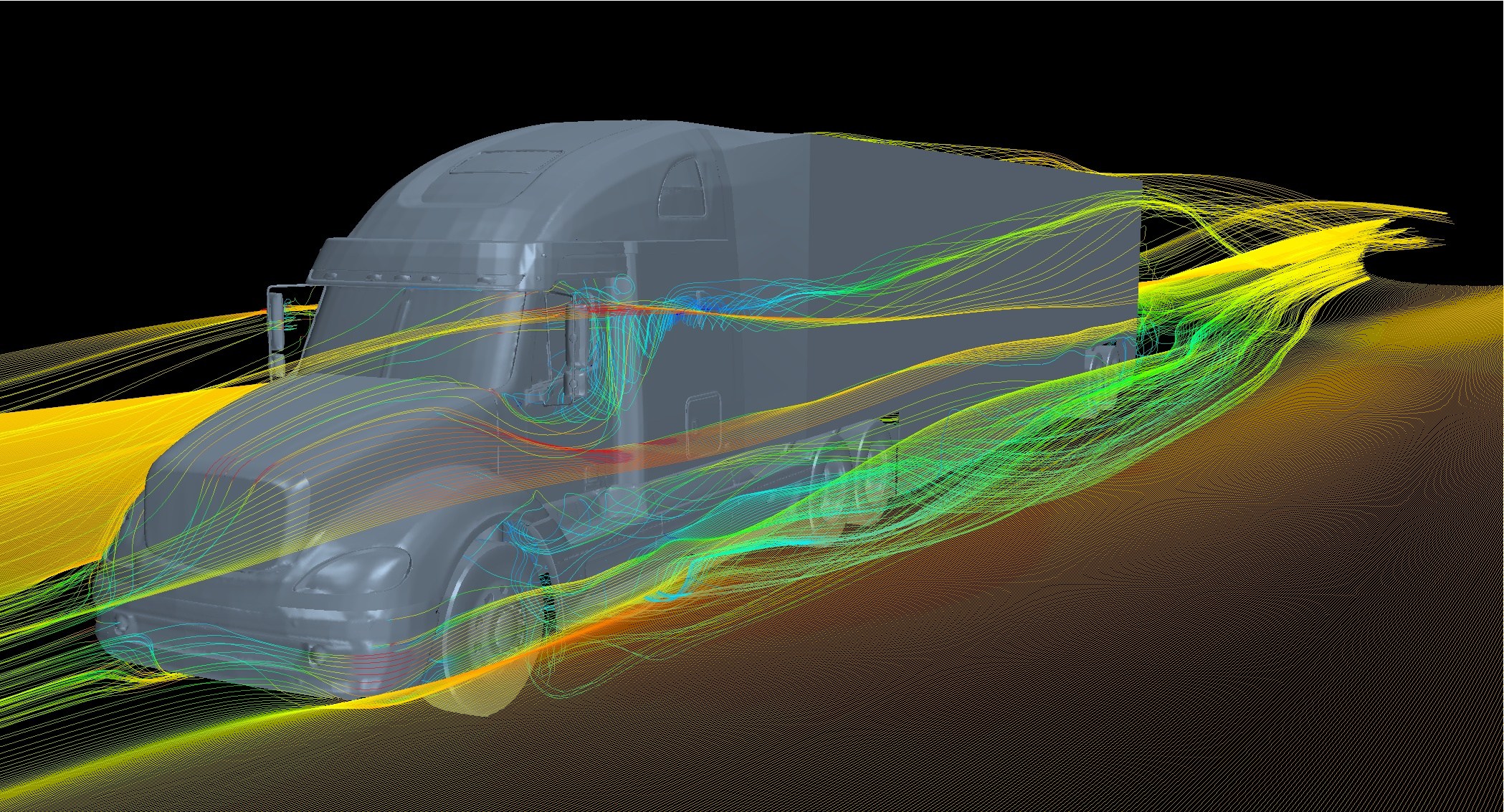Heat transfer simulation
Transfer of heat from high temperature source to low temperature source is called heat transfer. The heat transfer can also take place within the system due to temperature difference at various points inside the system. The difference in temperature is considered to be ‘potential’ that causes the flow of heat and the heat itself is called as flux.
Heat transfer methods
In heat transfer fundamental, there are three modes of heat transfer between two objects: conduction, convection and radiation.
These methods have been described below:
Conduction: The transfer of heat between two solid bodies is called as conduction. It depends on the difference in temperature of the hot and cold body.
Convection: The transfer of heat between a solid surface and the liquid is called as convection heat transfer. Convection can also take place between two types of fluids like gas and liquid and also inside a fluid.
Radiation: When two bodies are at different temperatures and separated by distance, the heat transfer between them is called as radiation heat transfer. In case of the conduction and convection heat transfer there is a media to transfer the heat, but in case of the radiation heat transfer there is no media. The radiation heat transfer occurs due to the electromagnetic waves that exist in the atmosphere.
You can see all types of heat transfer modes in following picture.
Heat transfer analysis is one type of the CFD simulations. This type of CFD simulation is focused on calculating the rate of heat transfer inside and outside of a system.
Heat transfer simulations is a powerful tool to estimate the thermodynamic condition inside an industrial process and system. This type of CFD simulation can be used for:
PCB heat transfer simulation and analysis
Heat exchanger simulation and analysis
Reactor simulation and analysis
Electric board simulation
Engine heat transfer simulation
And …
ARA Co
Heat transfer simulation
Heat exchanger simulation
Convection heat transfer simulation
Website: http://araco.ir/en
Email: Info@araco.ir
Cell phone: 00989124780268 (Whats app - Telegram - IMO)
Office: 00982166561974 - 00982166129745
Instagram : https://www.instagram.com/araco.ir
Solidworks trainig and project blog : http://solidworks-iran.blog.ir
